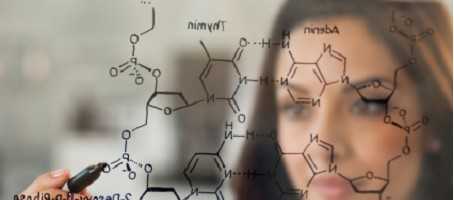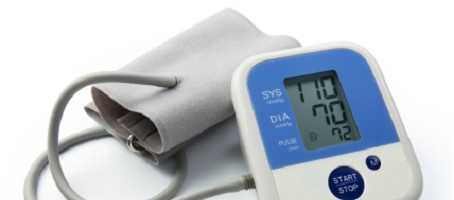A new study shows that inflammation within the pancreas is linked with impairment of the organ’s ability to produce insulin in type 2 diabetes.
Type 2 diabetes is caused when the body becomes resistant to the effects of the insulin it produces. This leads to the pancreas needing to compensate by producing a greater quantity of insulin (hyperinsulinemia).
After a number of years of type 2 diabetes, the pancreas typically shows signs of being unable to cope and the pancreas loses its ability to release so much insulin and the number of active insulin producing cells, known as beta cells, start to decrease. Once this starts to happen, there is a higher likelihood of insulin injections being needed to adequately control blood glucose levels.
Researchers from Novo Nordisk’s Department of Diabetes Complication Biology in Denmark conducted their research on mice using cytometric technology that enabled them to monitor the effects of inflammation at a single cell level.
Inflammation is part of the immune system’s response to damage or potentially dangerous changes within the body. Whilst inflammation is part of the body’s healing process, in some diseases it can also bring about less desirable effects.
In the study, the researchers found that the diabetic mice had a four times higher level of macrophages, a type of white blood cell and a key player in inflammation. The research also showed that the macrophages invaded the insulin producing islet cells (beta cells) and began to destroy these cells.
The response can be viewed as a last ditch attempt of the body to prevent over production of insulin which can lead to increases in obesity and increase the risks of heart disease.
Previous research into mice has found inflammation of the liver to be linked with development of type 2 diabetes. The liver and pancreas work in partnership to control blood glucose levels so it is not so surprising that both organs show signs of being affected.
What's new on the forum? ⭐️
Get our free newsletters
Stay up to date with the latest news, research and breakthroughs.





